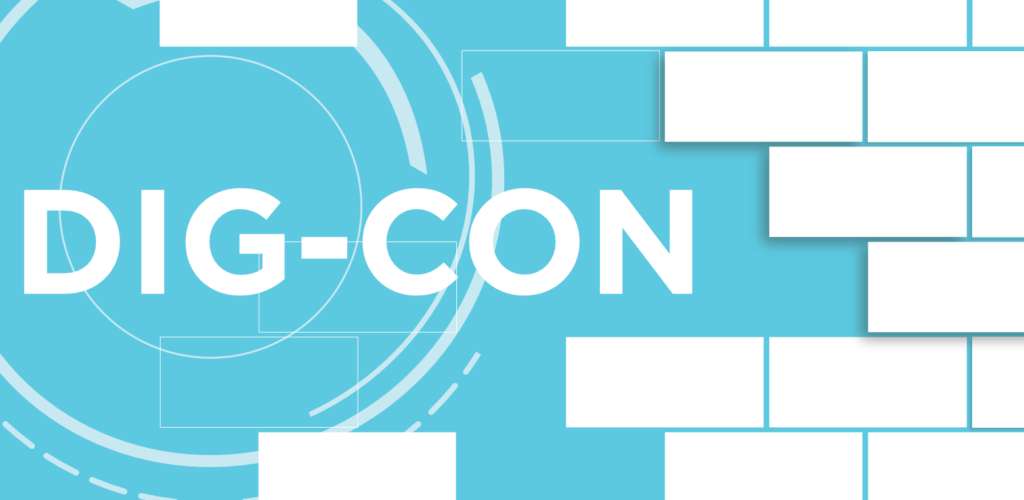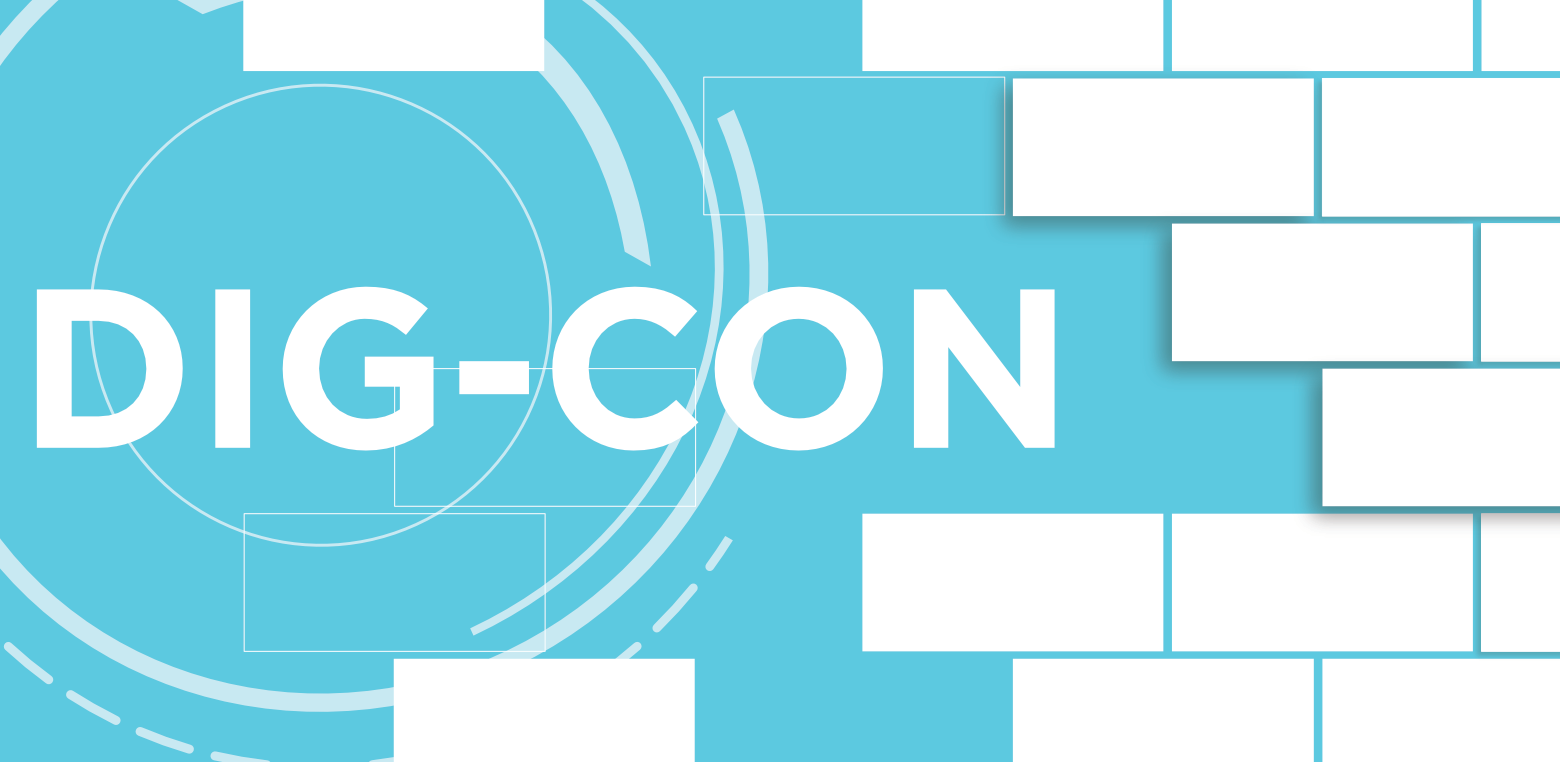

Other Output A
Other Output A Quality manual and report on evaluation results
A distinction is made between two types of evaluation and quality assurance: Evaluation of the educational measures and evaluation of the processes. The concepts for evaluating the educational measures and the results of quality assurance are presented together with the implementation reports on outputs O2 to O6.
Quality assurance is carried out for project implementation, overall management, transfer and implementation of results. The results are continuously fed into further work, resulting in a continuous improvement process.
Other Output A includes:
- The objectives and methods of all evaluations of the entire project.
- The quality assurances and evaluations of the training measures planned and carried out in the project.
- The quality assurances and evaluations of the processes planned and carried out in the project.
- The results of the quality assurance and evaluations of the organisational processes.
The programme includes a concept, curricula, teaching materials and an examination regulation that corresponds to the EU action plan for digital education and the European digital competence framework (DIG COMP). The modules cover levels 5 to 8 of DIG COMP and integrate digital technologies, cooperation management and best practices from the construction industry.
The training will be implemented as an elective and compulsory module in existing master, technician and bachelor programmes. The target groups are master apprentices, construction technicians and civil engineers. The main innovations lie in the comprehensive module series that trains digital technologies and construction cooperation.
The main impacts are: a) training contractors who are proficient in digital technologies and construction collaborations, b) providing a proven module for further education institutions, and c) attracting much-needed young contractors with digital skills. The result is fully transferable and will be widely implemented.


Funded by the European Union. Views and opinions expressed are however those of the author(s) only and do not necessarily reflect those of the European Union or the European Education and Culture Executive Agency (EACEA). Neither the European Union nor EACEA can be held responsible for them.